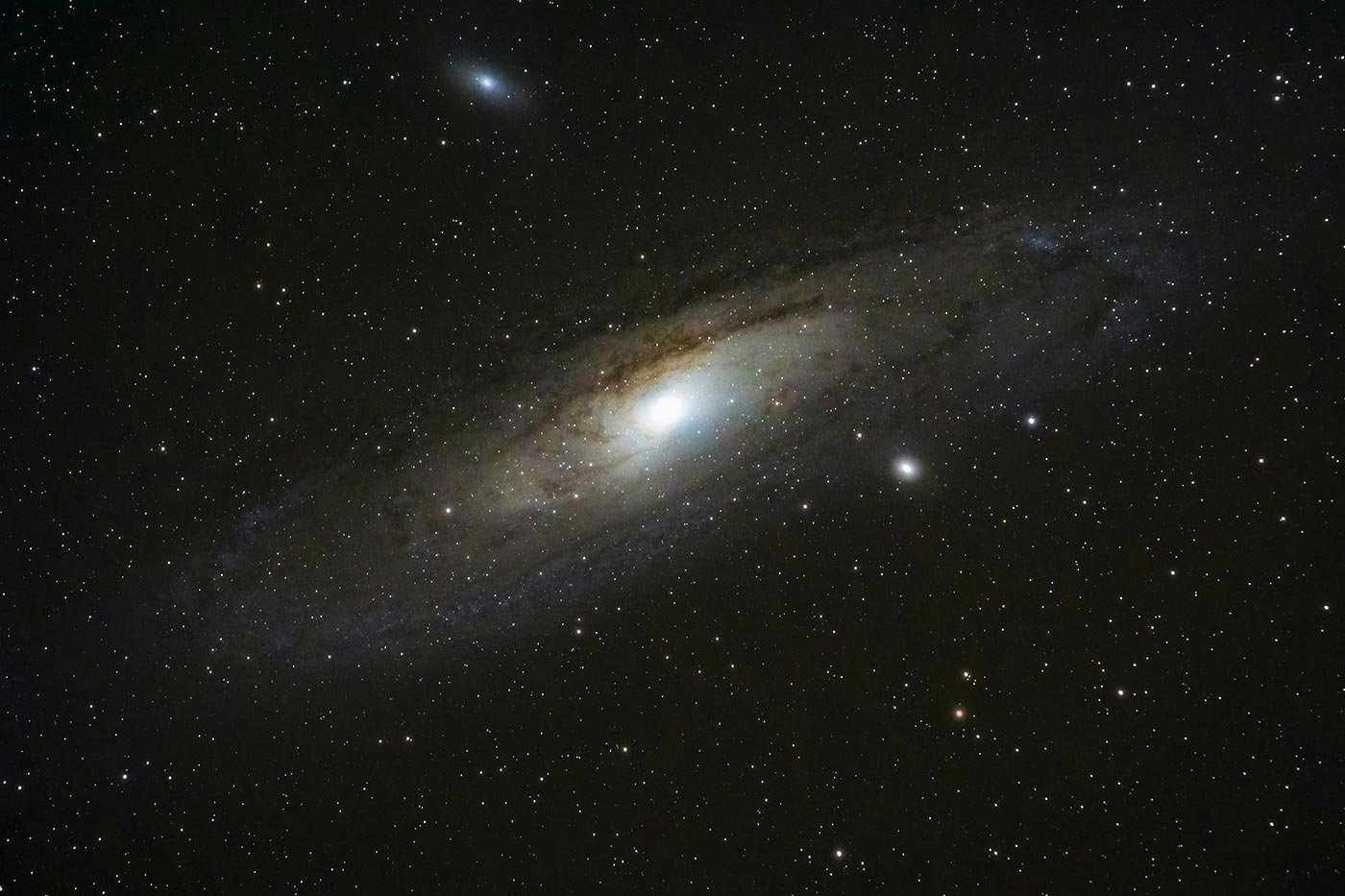The universe is in constant motion. Stars ignite and collapse, planets spin endlessly, atoms vibrate with ceaseless energy, and life itself is a never-ending cycle of creation and transformation. What if the restlessness experienced by those with ADHD is not a mere neurological variance but a direct reflection of this cosmic energy? Could it be that the uncontainable drive to move, think, and explore is not a disorder but a microcosm of the very forces that shape reality itself?
Energy as a Reflection of the Universe
By looking beyond traditional medical frameworks and considering ADHD through the lens of metaphysical philosophy and physics, we may uncover a deeper truth—one that suggests restlessness is not an error in the human condition, but a fundamental force, as intrinsic to life as gravity or light.
ADHD as an Echo of Cosmic Motion
From the smallest subatomic particles to the vastest galaxies, the universe is a system of endless activity. Nothing in existence is truly still. Electrons perpetually orbit their nuclei, quantum fields fluctuate in uncertainty, and even in the vacuum of space, waves of energy ripple through the fabric of reality.
This movement is mirrored in the minds of those with ADHD—thoughts racing at the speed of light, an insatiable need to explore, and an internal rhythm that refuses to be subdued. While society may label this as a difficulty in maintaining focus, what if this energy is not a flaw but a natural alignment with the ever-evolving cosmos?
Perhaps ADHD is not a limitation but a sensitivity—an attunement to the universe’s fundamental truth: that change, curiosity, and motion are the very essence of existence.
The Physics of Restlessness
Science has long demonstrated that energy is never lost, only transferred or transformed. If we view human consciousness as an extension of the universe’s principles, then restlessness—mental, emotional, or physical—is simply an expression of energy seeking movement.
Consider the forces at play:
- Entropy & ADHD – In physics, entropy is the tendency of systems to move from order to disorder, to constantly evolve. Could ADHD be a neurological expression of this principle, a mind that thrives in dynamic states rather than rigid structures?
- Quantum Superposition & Divergent Thinking – Just as quantum particles exist in multiple states until observed, ADHD minds often operate in a superposition of thoughts, possibilities, and simultaneous ideas, making traditional linear thinking feel restrictive.
- Momentum & Creativity – Like celestial bodies maintaining motion due to inertia, ADHD minds gain momentum when deeply engaged. When passion is ignited, energy flows in unstoppable waves, leading to bursts of hyperfocus, innovation, and inspiration.
Rather than seeing ADHD as an inability to conform to stillness, what if it is an intrinsic force, one that aligns with the universe’s own nature—forever expanding, forever in motion?

Energy, Intuition, and the Search for Meaning
Many with ADHD describe an innate drive toward exploration—not just physically, but mentally and spiritually. There is an underlying curiosity, a hunger for novelty, a yearning to uncover hidden connections between things. Could this be more than a symptom?
Throughout history, philosophers and mystics have spoken of an underlying energy that binds existence. Eastern traditions describe Qi (Chi) as the life force that flows through all things. Hindu philosophy speaks of Prana, the vital energy that moves through the universe and the self. The ancient Stoics believed in the Logos, the rational order of nature.
In this light, ADHD could be a heightened awareness of these currents—an intuitive pull toward discovery, a refusal to accept static realities, and a deep, unspoken connection to the greater cosmic dance.
Harnessing Cosmic Energy: How to Thrive with ADHD
While the restlessness of ADHD can feel overwhelming in rigid societal structures, reframing it as an asset allows for more fluid, fulfilling ways of thinking and being. Here’s how individuals can channel this boundless energy into creativity, productivity, and deeper self-awareness:
- Embrace Movement – Just as planets orbit the sun, constant motion can be a source of stability. Whether through exercise, creative projects, or hands-on work, engaging in movement can be a way of syncing with personal rhythms.
- Work in Bursts – Just as the universe expands in phases, those with ADHD often work best in energetic bursts. Leaning into periods of hyperfocus rather than forcing sustained effort can lead to breakthroughs.
- Follow Curiosity – ADHD minds thrive on novelty. Learning to channel curiosity into constructive exploration—whether through new ideas, skills, or experiences—keeps energy from turning into frustration.
- Redefine Productivity – Traditional productivity models don’t always align with neurodivergent thinking. Understanding that non-linear approaches (such as working on multiple projects at once) can still be effective allows for a more authentic workflow.
- Meditate on Interconnectedness – Instead of fighting restlessness, tuning into the stillness that exists between movement—through mindfulness or deep reflection—can create balance and a greater sense of purpose.
A Universe Within
ADHD may not simply be a “deficit” of attention, but an alignment with the greater forces of existence. The same energy that propels stars into supernovae, that fuels the expansion of galaxies, and that allows life to evolve, is present in the restless minds of those who experience the world in constant motion.
What if, instead of trying to suppress this energy, we embraced it? What if, rather than seeking stillness, we learned to ride the waves of motion, to see ADHD not as a disorder but as a gift—one that offers a direct connection to the ever-unfolding, ever-creating fabric of reality?
Perhaps, in the end, ADHD is not a condition to be managed, but a reminder of what we truly are: energy, in its purest, most vibrant form.